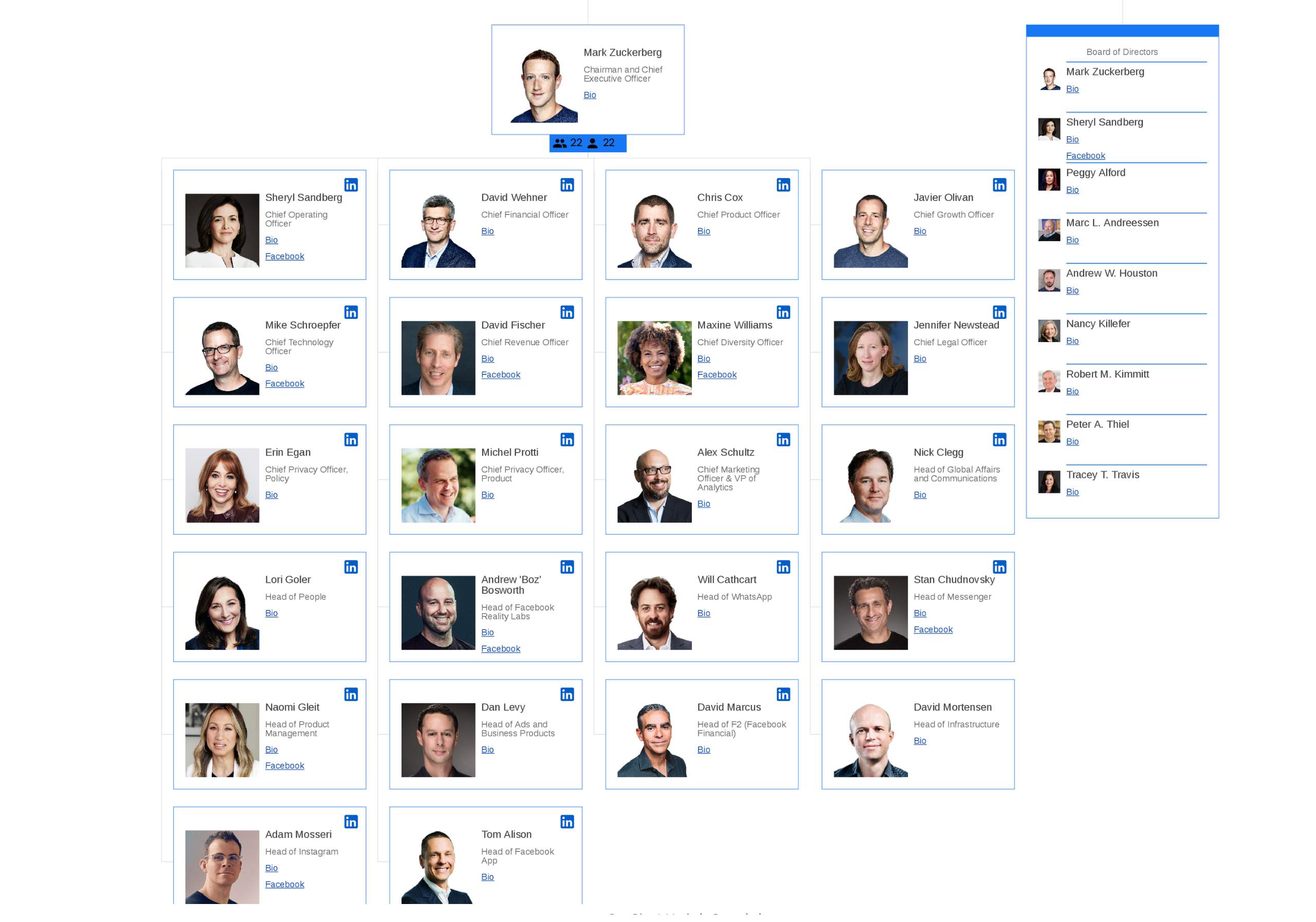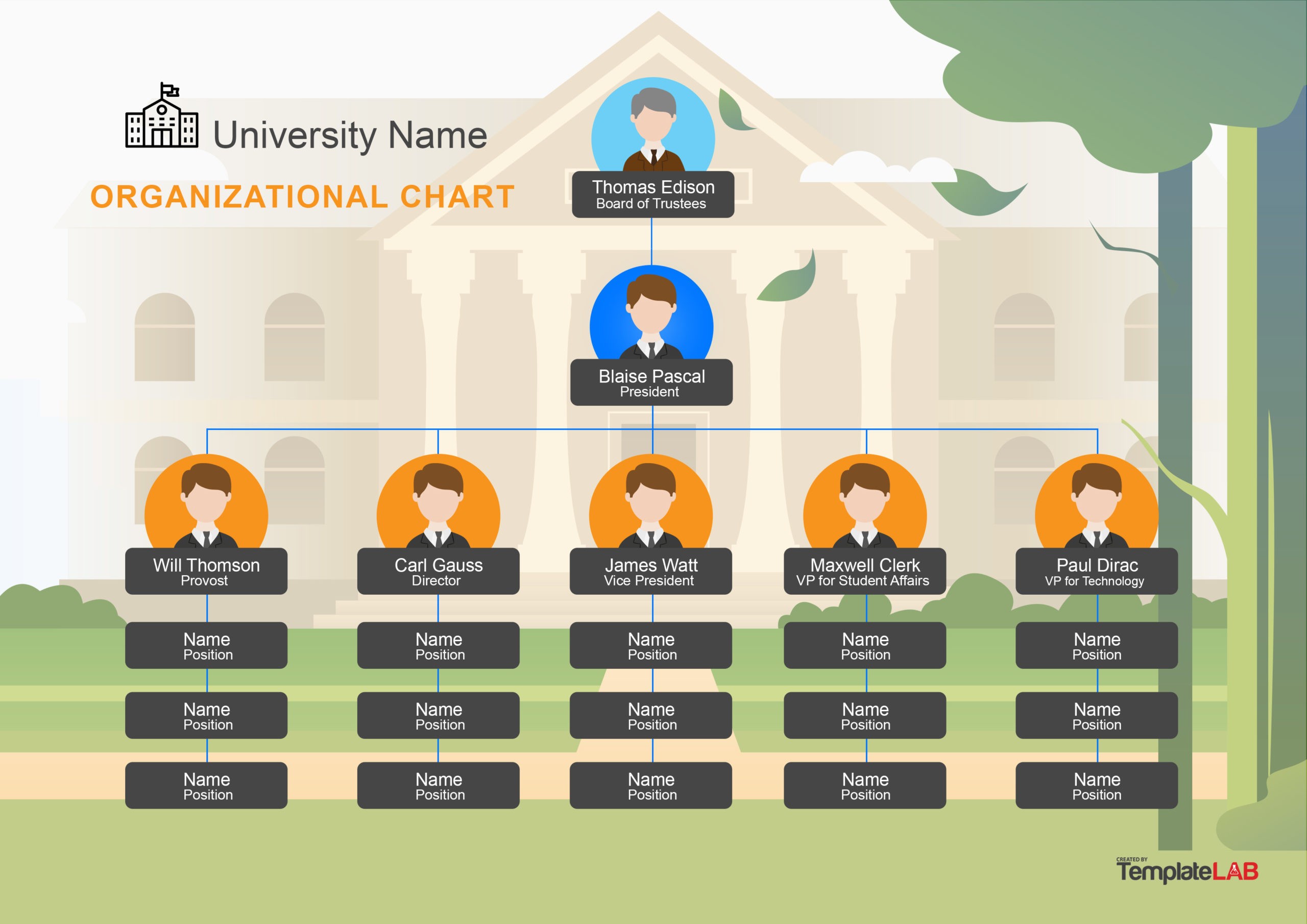Table Of Content

The individuals first elected officials to the Executive Board therefore did not act upon personal conviction, but represented the voice of society members and the international design community. The World Design Organization (WDO) was founded in 1957 from a group of international organizations focused on industrial design. Formerly known as the International Council of Societies of Industrial Design, the WDO is a worldwide society that promotes better design around the world. Today, the WDO includes over 170 member organizations in more than 40 nations,[1] representing an estimated 150,000 designers. Define how your company makes decisions and the processes for resolving tensions and disputes. Amy Kates says your org design will always create tension, "The goal is not to avoid tension, but to surface it and then use it to extract value from high-risk and high-value decisions."
Benefits of effective organization design
By being aware of the common mistakes in organization design, businesses can preemptively address them, ensuring a smoother evolution of their structure. In the 1980s, collaboration became even more important so a joint Icsid/Icograda/IFI Congress was held in Helsinki. The impetus for this joint conference was a direct recommendation made by Icsid members to explore closer ties with other world design organizations. At their General Assemblies, all participants unanimously approved a directive to investigate options for a closer working relationship in the future. Jacques Viénot first presented the idea to form a society to represent the industrial designers internationally at the Institut d’Esthetique Industrielle's international congress in 1953.
Business Transformation
Product divisions can work well by giving opportunities to people with good business ideas. Each brand may have segments within it based on vehicle type that cater to different customer loyalties. Sales managers in businesses like auto dealerships can develop strong relationships with customers by providing a personalized touch. Those companies must adapt themselves to the tastes of their customer segment. For companies that have differentiated market segments and know them well, divisions by the market are ideal.
By Team
Individual talent is needed for filling the roles and discharging the responsibilities. To be a good match for a given role, the individual obviously must have (or be able to acquire) the right skill set and the motivation. That way, the role is performed effectively, the individual is engaged rather than disaffected, and the individual’s colleagues are therefore undistracted and likely to behave productively and not disruptively. The key is to align the charters of those people who especially need to cooperate with one another. But that does not mean that the organizations themselves have to be characterized by complicatedness—by having needless KPIs or excessive managerial layers, for example. Complicatedness is a consequence of misguided organization design.
Internal or external factors require a reaction
The third level manages the distributed control of the machines that perform the work. A failure such as machine downtime requires a re-clustering of enterprise resources (see Task Distribution Pattern). We have traditionally regarded this as a supply chain moving from the customer to the producer.
Another development to note is a movement towards meaningful work and ensuring that employees can find purpose within their job. To achieve this, we need a new perspective on organizational design that views the organization not only through the lens of process and outcomes; but also through the lens of human behavior. At the Kitchen Table, team members gather together as equals; everyone’s unique contribution is valued and titles or accolades matter less than genuine dedication to good work. This nonhierarchical system works wonders when leaders trust they don’t have all the answers and honor wisdom through experience, not simply age or title.
Step nine: Relationships and skills

A holacracy aims to eliminate bureaucracy and slow decision-making by giving employees and team leads more autonomy. The problem with this model is that it can create worse silo issues than other org structures, pulling the company in different directions. Divisional org structures organize employees based on markets, products, or locations. The company will use an appropriate org structure within each division depending on its purpose or function.
Student organization Innovative Design fosters creative community for Bruins - Daily Bruin
Student organization Innovative Design fosters creative community for Bruins.
Posted: Thu, 21 Sep 2023 07:00:00 GMT [source]
As a result, you may find some elements of every design structure in a single organization. ProjectManager is award-winning software that connects hybrid teams and fosters greater efficiency. It facilitates organization design of all types, whether teams are together or distributed, regardless of skill set or department. Join teams at NASA, Siemens and Nestle to deliver success with our tool. Most of the well-known organization models in use today originated in the 70s and 80s.
It’s important to include objective metrics and organisational data in the review. Taking an insight-driven HR approach can provide HR and leaders with objective indicators to reveal how well the organisation is doing and track improvements and also quantify the scale of a problem. This can be used to justify the need for a bigger picture exercise.
The team then developed a suite of solutions that would make a new set of behaviors rational—that is, more cooperative and productive. Finally, the team developed a change program for implementation. The evaluations would ideally involve a combination of KPIs and judgment-based assessments. The company should ensure that those conducting the performance management are properly equipped to do so. They need to acquire the requisite skills, by means of training, if necessary—how to recognize cooperative and uncooperative behaviors, for instance, or how to provide feedback candidly but constructively.
We’ve already shown you the Gantt chart which is great for a hierarchical structure, but that’s only one of our multiple project views. For a flat or team-based structure, you’ll want to use kanban boards to manage backlogs and collaboratively plan sprints. Managers get transparency into the process and can reallocate resources as needed to avoid bottlenecks and keep teams working at capacity. As in the hierarchical structure, those with more authority and responsibility are placed at the top of the chart and it then descends by responsibility. However, the organization is determined by skillset and function in the company, with each department managed independently. This gives departments a sense of self-determination and the structure can be easily scaled.
It also allows for lateral moves throughout the organization and provides less managerial supervision. As the name implies, each division in the organization controls its own resources as if an independent company within a larger organization. The structure lends itself to larger organizations and allows them to be more flexible, quickly responding to market changes and customer needs with a customized approach.
No comments:
Post a Comment